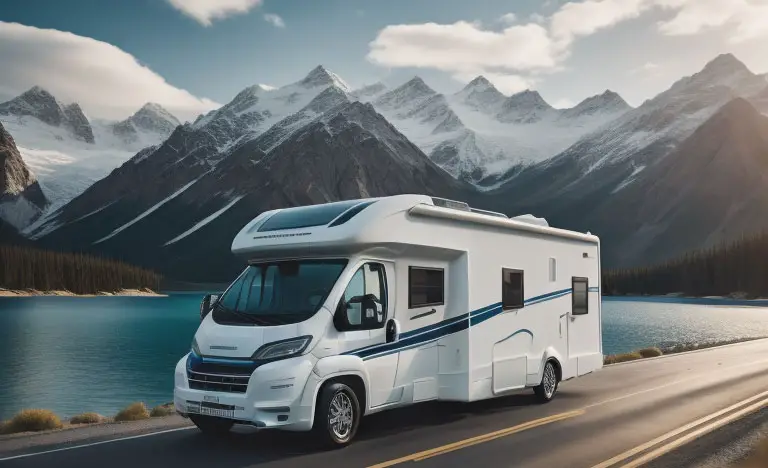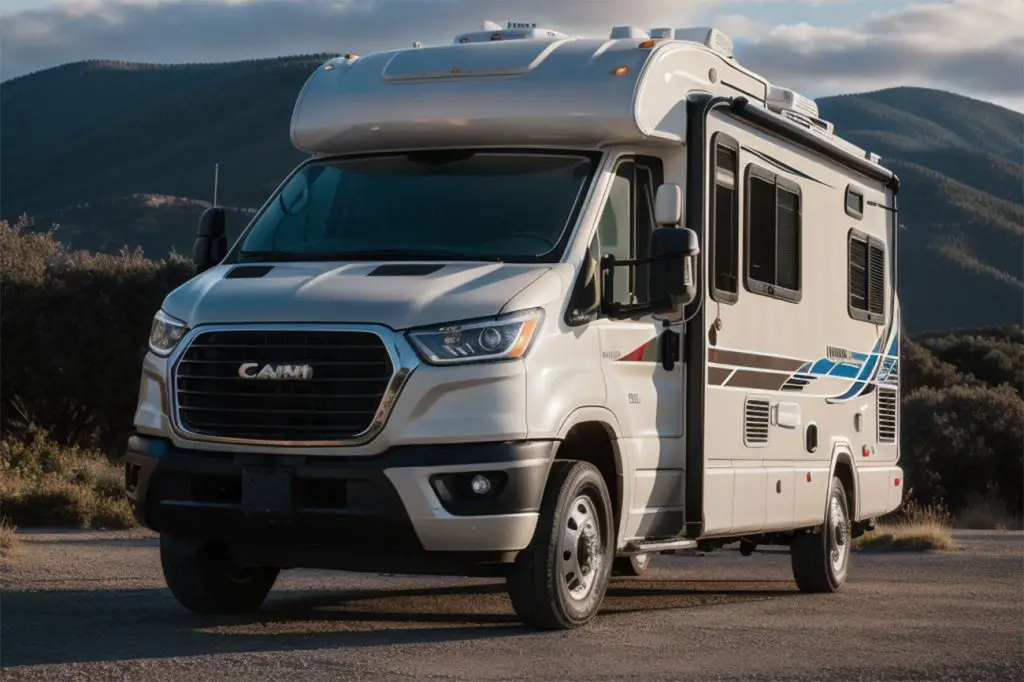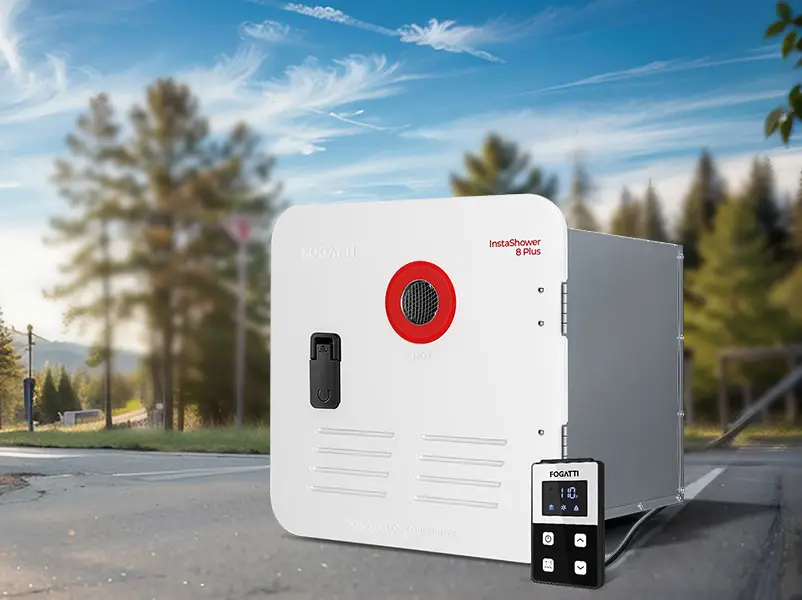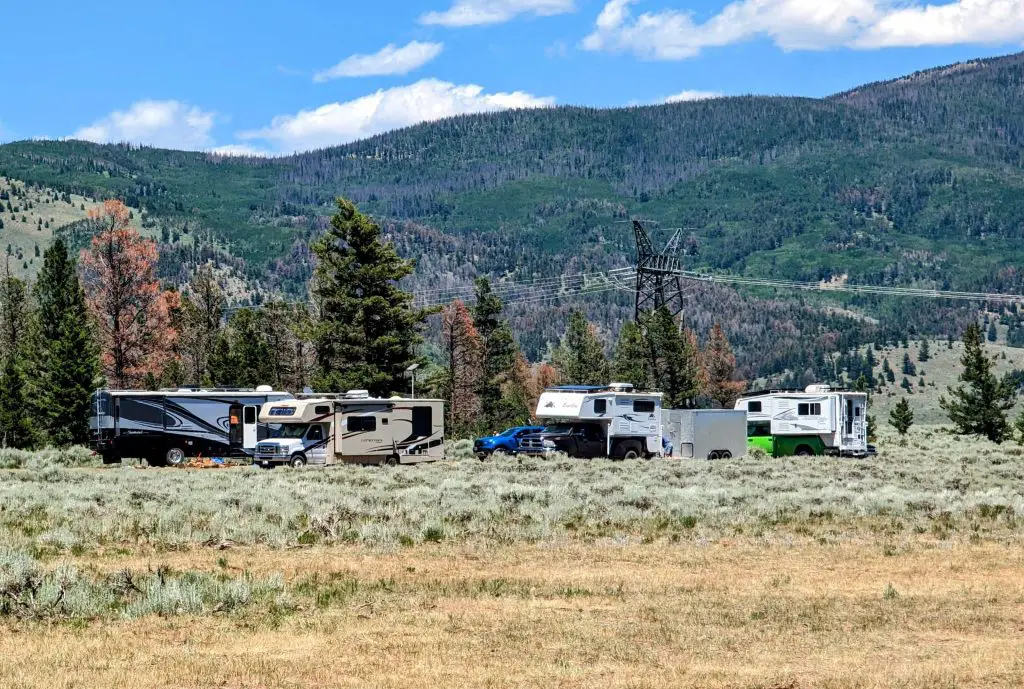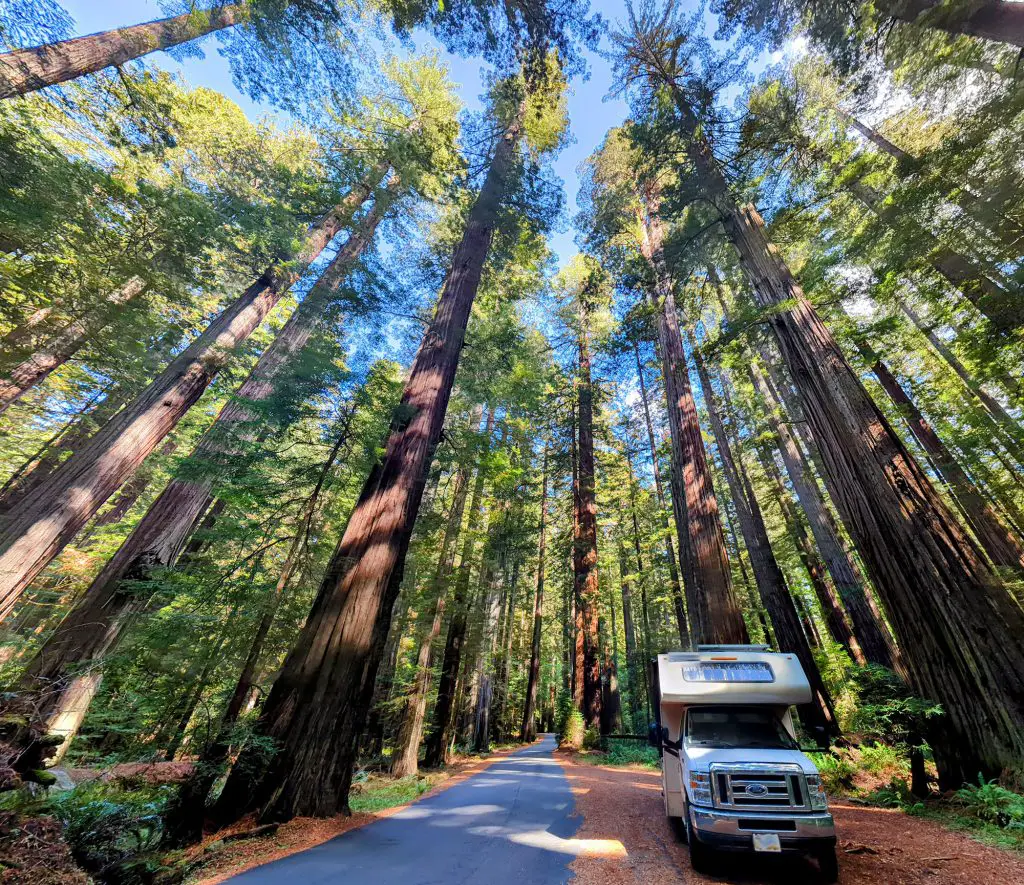Last Updated on February 12, 2024
Key Takeaways:
- Water Hookups: Provide access to running water for various RV appliances and features. Proper connection and use of water pressure regulators are essential.
- Sewer Hookups: Used to dispose of wastewater from the RV’s gray and black tanks. Proper dumping procedures and maintenance are necessary for cleanliness and hygiene.
- Electrical Hookups: Enable the use of larger appliances and charging of batteries while connected to shore power. Ensure compatibility with the RV’s electrical system to avoid damage.
- Plan Ahead: Not all campgrounds offer hookups, so research ahead of time and plan stops accordingly to enjoy the comforts of home while traveling.
RVs offer a remarkable and distinctive way to embark on memorable journeys and explore the beauty of our country. While they provide unparalleled freedom, it’s important to acknowledge that RVing involves more than a simple roadside stop. For those new to this adventure, understanding the various types of RV hookups and their significance is crucial.
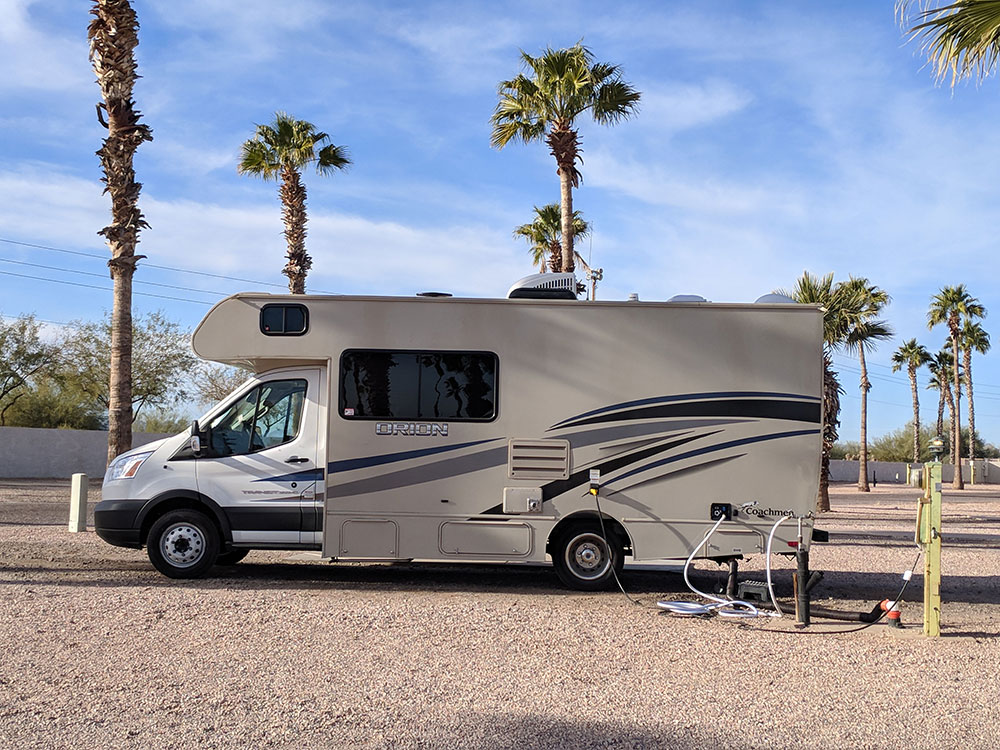 To truly optimize your RV experience, embracing the conveniences of water, sewer, and electricity hookups is essential. These connections empower you to enjoy a high level of comfort, regardless of your chosen destination. When you stay at RV parks and campsites, you’ll typically find these hookups readily available for your use, often included with the fee for your designated spot. However, it’s worth noting that the cost of these hookups may vary depending on the campground or RV park. Some sites may charge a slightly higher fee per site, granting you the luxury of accessing all these conveniences. For many enthusiasts, the added cost is well worth the enhanced experience. Alternatively, certain parks offer partial hookups, allowing you to enjoy a more economical option while still enjoying some of the amenities.
To truly optimize your RV experience, embracing the conveniences of water, sewer, and electricity hookups is essential. These connections empower you to enjoy a high level of comfort, regardless of your chosen destination. When you stay at RV parks and campsites, you’ll typically find these hookups readily available for your use, often included with the fee for your designated spot. However, it’s worth noting that the cost of these hookups may vary depending on the campground or RV park. Some sites may charge a slightly higher fee per site, granting you the luxury of accessing all these conveniences. For many enthusiasts, the added cost is well worth the enhanced experience. Alternatively, certain parks offer partial hookups, allowing you to enjoy a more economical option while still enjoying some of the amenities.
By embracing RV hookups, you can relish the comforts of home even when you’re on the go. From a steady supply of water to efficient waste management and reliable electrical power, these hookups transform your RV into a haven of convenience and relaxation. So whether you’re exploring a bustling city or immersing yourself in nature’s tranquility, the availability of these essential hookups ensures that your RV journey is characterized by unparalleled comfort and enjoyment.
Water Hookups
These will give you access to running water. Many of the appliances and features of your 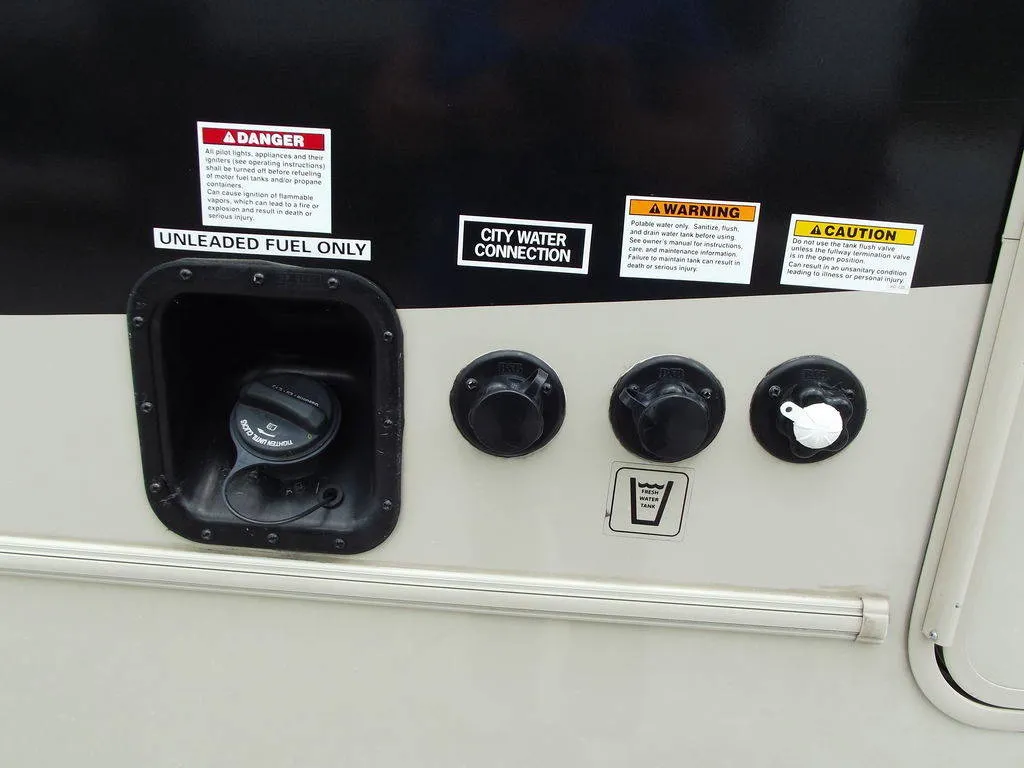 RV will require water such as the toilet and sinks. With a water hookup, you can use a continuous flow of water for showering as long as you want, or you can fill up your water tank.
RV will require water such as the toilet and sinks. With a water hookup, you can use a continuous flow of water for showering as long as you want, or you can fill up your water tank.
My RV has two separate inlets (pic on the right), one for running water (called city water) and one for filling up the tank. Other RVs have only one inlet with a switch (pic on the left). Once you are parked, this is the first hookup you will want to connect to. Some parks will require the use of a water pressure regulator, so be sure to buy one. This is a useful tool to have since it will help to keep your pipes from blowing up from strong water pressure.
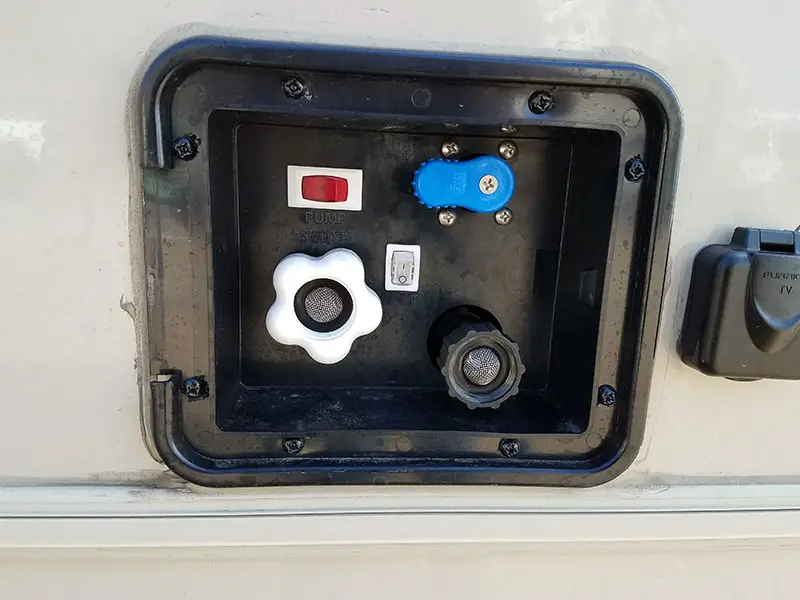
Be sure to unwind your hose completely to remove all kinks before connecting to the RV. Also, using a surge protector will help protect your water hose and prevent it from bursting if the power goes out.
Connect one side of the hose to the hookup and the other to the water faucet, then open the water faucet. Always check for leaks at both ends. When it is time to disconnect, turn off the water supply, and disconnect from the water source first, and then from your RV.
Sewer Hookups
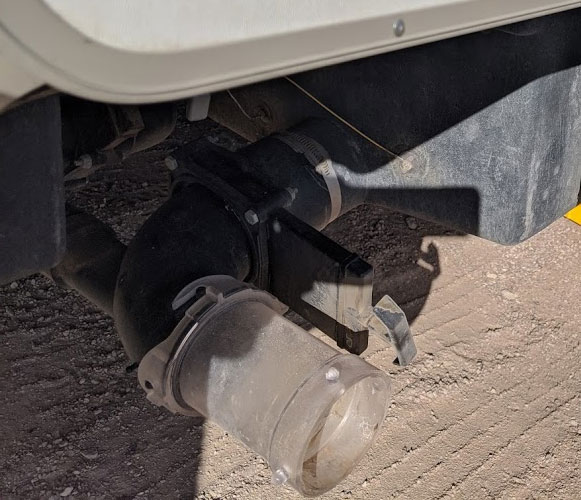
If you are using water hookups, you also want to use sewer hookups too so that you can dispose of any running water. The sewer hose will be connected to the gray tank and black tank on your RV. It’s easier to use a sewer hose support.
Your sewer hose is a wider hose that needs to be first connected to your connection on your RV, then put the other side into the hole in the ground. Only then should you open the valve, first for the black tank, let it empty, then open the gray valve to rinse the hose out.
However, when you are staying in a park for days or longer, don’t keep the black tank valve open. This ensures that it won’t back up and overflow.
To dump your black tank, you have to wait until your black tank is at least 25% full, but more is the better. Only then you should open the valve and then close it back up when you are done dumping.
To disconnect this hose, you want to always wear gloves because it can get messy. Turn off all valves and disconnect from the RV, holding the hose upright. This will allow waste to flow back down the hose into the sewer system. Always wash the hose before storing it.
Many RVs have another hose inlet for black tank flush. You can use this inlet to clean your black water tank when you are dumping. If I really want to clean my black tank, I let the water fill up the black tank a few times and rinse it out. This usually cleans my black tank monitor too, until it gets dirty again. A see-through connection will help to rinse the tanks out well.
[amazon table=”11051″]
Electrical Hookups
You have two electrical systems in your RV. A 12V that runs from your home battery and a 110 system that runs all larger appliances. Your 12V system will make your slides, lights inside, water pump, and maybe a few other stuff work. But when you are connected to shore power, you will be able to charge up your batteries and use all your appliances, plug in a heater, or use the AC. Most parks and campsites offer 30 and 50-amp hookups. Most likely, your RV is set up with one of these two options. Smaller RVs are set up with 30AMP hookups, and larger ones that have two ACs usually with 50.
You must make sure the hookup box matches what your RV can handle because many older parks are not equipped with up-to-date systems. Double-check first to avoid blowing the entire electrical system. This can be a costly repair. I highly recommend using an RV surge protector. Hook both ends of the cable up, turn on the regulator switch, and you have lights, power, and everything like in a home. To disconnect, turn the regulator off and unplug the cable connected to the RV first, then the power source.
Remember that not all campgrounds and RV parks will offer hookups, so you want to research ahead of time. You can plan your stops accordingly. These hookups allow the comforts of home to be with you while you travel. The staff at the sites are always more than welcome to assist you with questions and connections. Add the comforts you are used to and make your trip special and your RV home away from home.
Things to Remember When Using RV Hookups While Camping
The convenience of a hookup can make a great stay even better, but you should remember a few things before using them:
Don’t Drink the Water
Some people don’t care and don’t mind drinking out of their tanks but plumbing lines can be old and rusty, so the water that comes out of your hose may not be safe to drink. If you really want to drink water from your freshwater tank, just filter it with a water filter at least possibly boil it too. If unavoidable, you can always bring along a life straw or other water purification system to make sure the water is safe.
Air Out The Hose
When you are connecting the hose, fill up the hose with water before connecting it to your RV. This helps to have less air in the system. Air in the system is hard on your water pump, it will shorten its life. Sooner or later your water pump will break. Just in case have a spare water pump in hand at all times. It’s not expensive and if you are a little handy you can change it yourself. I learned it the hard way.
Take Care of Other Maintenance
Ensure you are prepared for any other maintenance problems that might arise while at a hookup site. Keep some extra hose and connectors on hand. This will save you from headaches.
Potential Drawbacks of Using Hookups While Camping
Although hookups are great for convenience, there are some potential drawbacks to using them. For instance, people often forget that all of their energy needs come from a 30 AMP or 50 AMP system they are hooked up to. If that source is not sufficient, then you might have a problem on your hands. For example, you might be not able to use your AC and your microwave at the same time.
The other issue is that if people do not have a lot of experience with how their system works, then they might damage it by using the wrong connections.
Never ignore any problems with water pressure or power. These kinds of issues can snowball and worsen with time, so it’s best to stay on top of them. Other problems with hookups might be related to the site itself. The power source might not provide enough juice, the sewer connection might be faulty, or you may have a problem in your water tank. These things happen, and all you can do is what you can to fix them.
How to Safely Use RV Hookups While Camping in a Way that Minimizes Potential Drawbacks?
To use RV hookups safely, it would be best to first know how they work. All the energy you need comes from the site that you are hooked up to. There is a limit to how much power can be provided, so if your power needs exceed what you are getting, then you will have problems. If you are lucky, it will be only your breaker. You better keep some spare fuses on your hands as well.
The same goes for water. It’s better to use a water pressure regulator.
It is also best to use the correct hose and sewer attachments and make sure they have their seal on right, as this will prevent any mess from occurring.
Conclusion
Hookups offer a lot of benefits when you are camping, but they can cause problems if not used correctly. Make sure you know the ropes before using hookups and always be prepared in case something happens.


